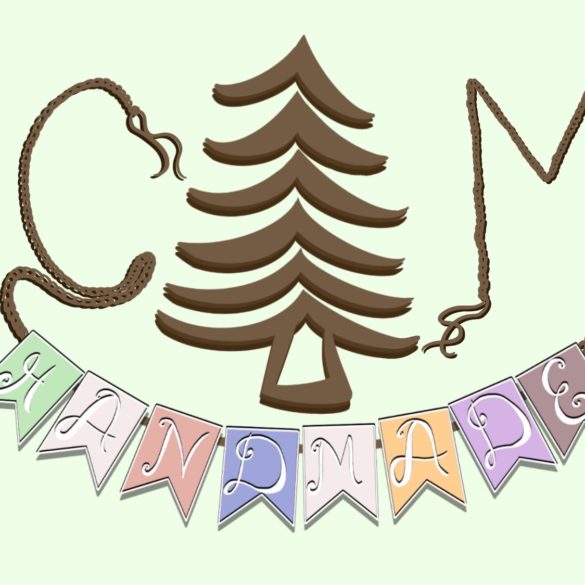A crafty college student reflects on her experience making masks during the pandemic and predicts how the recent rise of masks may impact the future.
On March 6, 2020, Indiana Governor Eric Holcomb signed an executive order for a Hoosier mask mandate. About one year later, the mandate was ended as vaccines began being distributed worldwide. The COVID-19 pandemic has been a tough journey for everyone, and we are still left with many unanswered questions; most prominently “what’s next”?
If you’re like me you may have a basket of masks sitting in your bedroom. As we look to the future with hope of returning to the normal life we once knew, a question pops up: what are we going to do with all our masks?
“I feel like if I personally am sick I will probably be more inclined to wear a mask, especially if I am around a lot of people,” says Wright State University entrepreneurship major Christine Moser. “I’m kind of waiting for the variants of COVID to see what that does for mask sales.”
Christine started to make masks in early 2020 because her brother’s girlfriend was a nurse who was wearing the same disposable blue medical mask for days at a time. Christine had always had a knack for crafting and didn’t think twice about making masks for someone in need. Together, Christine and her mom started downloading free templates on social media and making free masks for their community.
“I had a crafty friend who had given me trash bags full of cotton fabrics,” Christine says. “I was making scrunchies the previous summer so I had elastic, too. My dad had electrical wire we stripped to use copper wire for a nose brace. When I ran out of elastic it was gone everywhere! We tried using bed sheets, t-shirts, pants. We ended switching over to fabric ties. Everyone liked how it could hang on your neck so we haven’t used elastic unless someone requested it.”
Before business started booming, Christine didn’t think twice about giving the masks away for free, especially for medical professionals and people in need. She says she really struggled to start charging people for them because she knew people needed them.
“I tried to do my best morally. I didn’t want to charge people in crisis,” Christine says.
Christine and her mother were making anywhere from 20 to 60 masks a day and selling out in minutes at night. Her business grew in the pandemic and she got to help a lot of people, which felt good and weird at the same time.
“It has been really great to see Christine succeed,” says her boyfriend, Ball State senior Austin Kloeker. “She isn’t profit driven, she really cares about people and wants to give them quality products.”
Austin has been there for Christine from the beginning of her business, assisting on the business side while she tackled the mask-making and marketing aspects. She was always crafting something, so it was a no-brainer to switch from knit hats to masks when COVID-19 hit. With vaccines finally rolling out, Austin thinks that people will start to wear them less and less.
“I didn’t think about people coming back and shopping for masks, like for the flu season,” Christine said. “When I was looking for patterns in the beginning I saw a lot of designers thought we would need these in the future for air pollution. I think the stigma of wearing masks has gone down a lot.”
Air pollution masks and face coverings in general aren’t something completely new. The Asia region has been wearing masks for protection against air pollution, according to WGSN. In the United States, masks could be useful in extreme events, like when fires rage out of control in California, or even just for day-to-day protection, like staying safe from the common cold at work.
“I definitely think masks have become a fashion statement,” Christine said. “That’s when I started changing my prices for certain patterns. I see it in my orders, people get a bunch of different colors to match or all dog ones or all floral. It’s become so fun to pack orders and see people’s personalities.”
Not everyone used masks to make a statement. For example, Austin admits that he just wears whatever Christine makes him and doesn’t put much thought into the colors or patterns.
It’s been debated what materials make the best mask; if you have acne you should wear silk, if you want extra protection you should wear two-layered cotton masks with filter inserts, or if you have sensitive skin you should invest in masks made of organic materials like bamboo.
No matter what material, color, or pattern you chose, there’s no question that masks played a huge role in 2020. Because of creators like Christine who dedicate themselves to making masks when they see a great need, masks may stick around much longer than the Coronavirus.




